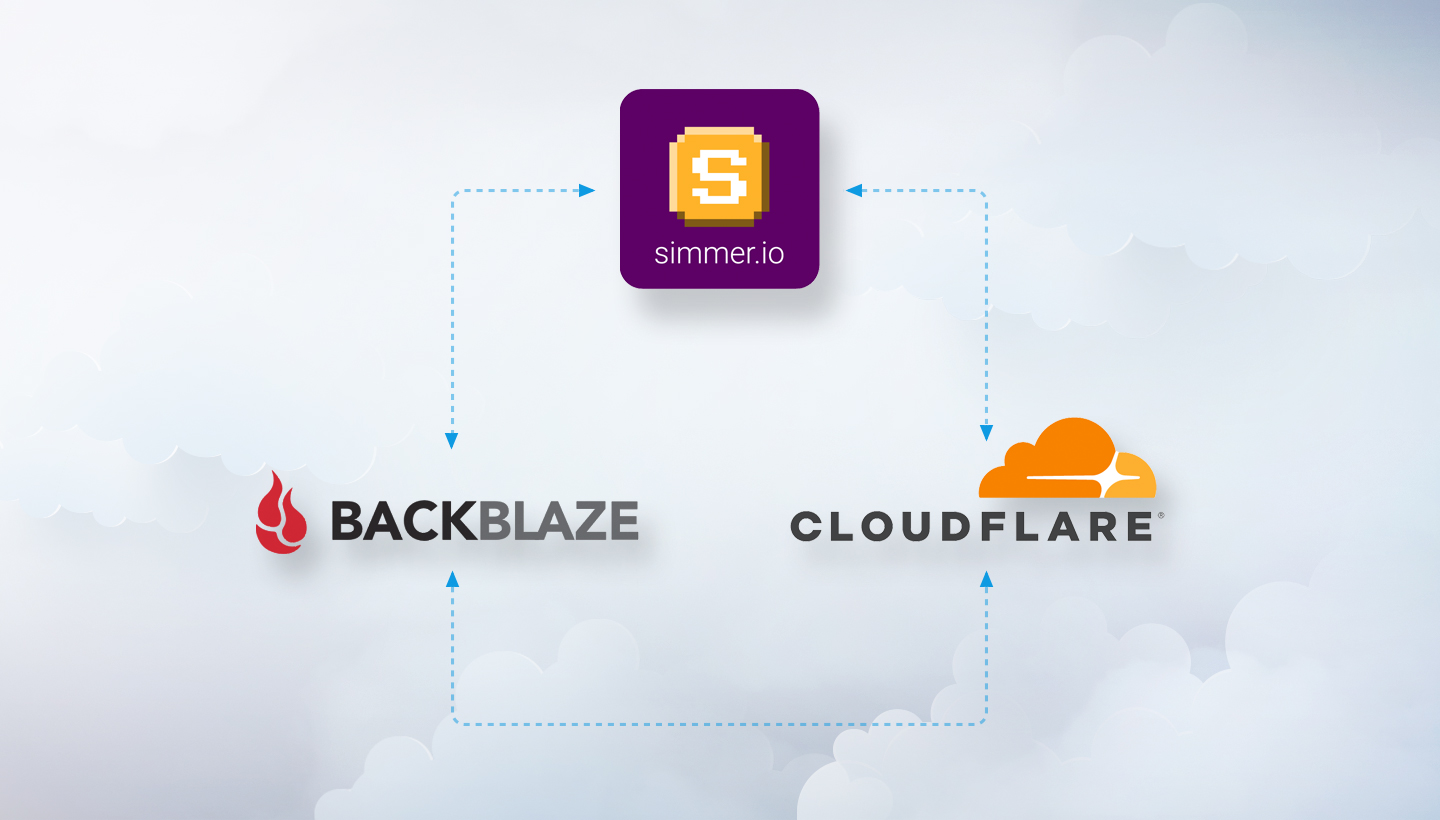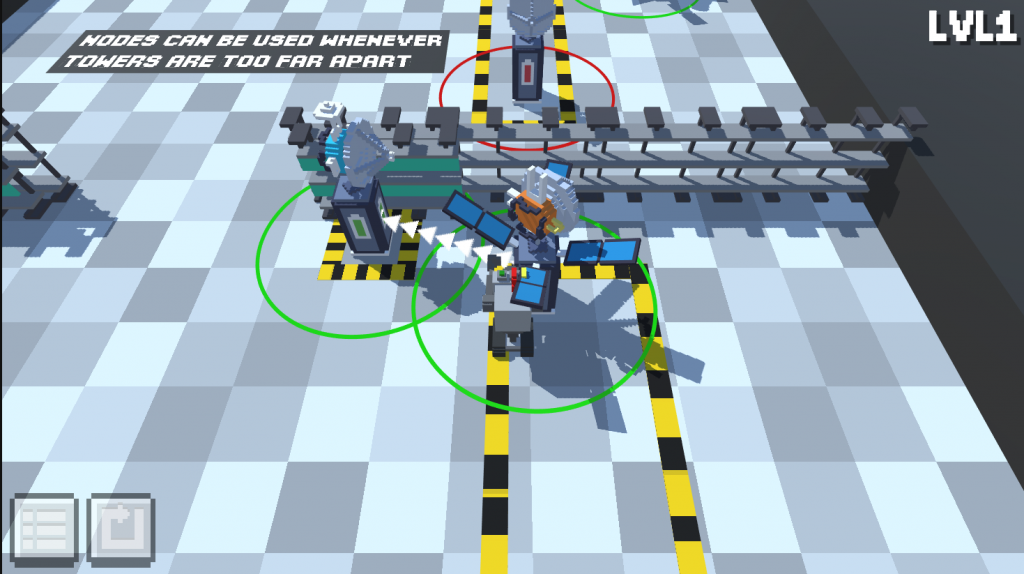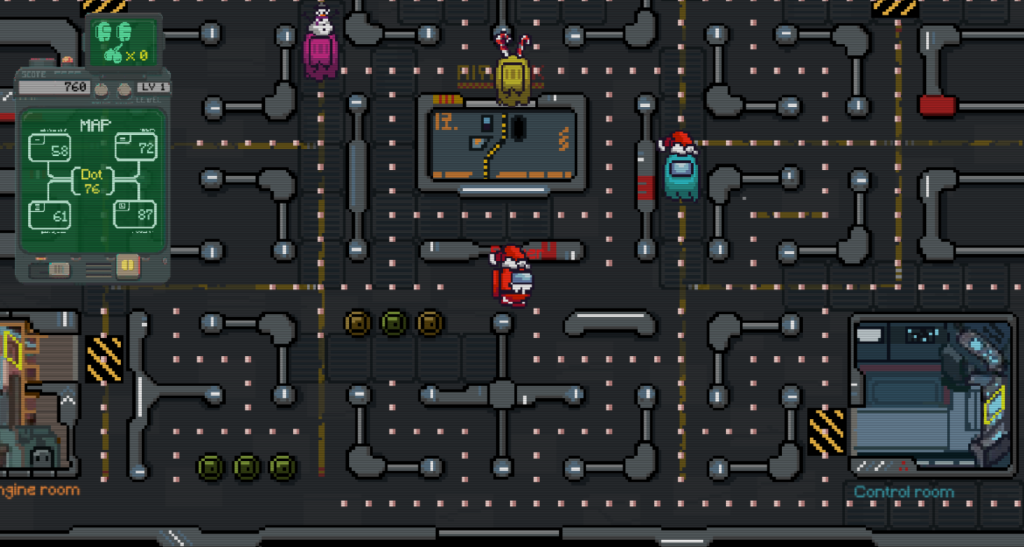Post Syndicated from Molly Clancy original https://www.backblaze.com/blog/level-up-and-simmer-io-down-scaling-a-game-sharing-platform/

Much like gaming, starting a business means a lot of trial and error. In the beginning, you’re just trying to get your bearings and figure out which enemy to fend off first. After a few hours (or a few years on the market), it’s time to level up.
SIMMER.io, a community site that makes sharing Unity WebGL games easy for indie game developers, leveled up in a big way to make their business sustainable for the long haul.
When the site was founded in September 2017, the development team focused on getting the platform built and out the door, not on what egress costs would look like down the road. As it grew into a home for 80,000+ developers and 30,000+ games, though, those costs started to encroach on their ability to sustain and grow the business.
After rolling the dice in “A Hexagon’s Adventures” a few times (check it out below), we spoke with the SIMMER.io development team about their experience setting up a multi-cloud solution—including their use of the Bandwidth Alliance between Cloudflare and Backblaze B2 Cloud Storage to reduce egress to $0—to prepare the site for continued growth.
How to Employ a Multi-cloud Approach for Scaling a Web Application
In 2017, sharing games online with static hosting through a service like AWS S3 was possible but certainly not easy. As one SIMMER.io team member put it, “No developer in the world would want to go through that.” The team saw a clear market opportunity. If developers had a simple, drag-and-drop way to share games that worked for them, the site would get increased traffic that could be monetized through ad revenue. Further out, they envisioned a premium membership offering game developers unbranded sharing and higher bandwidth. They got to work building the infrastructure for the site.
Prioritizing Speed and Ease of Use
Starting a web application, your first priority is planning for speed and ease of use—both for whatever you’re developing but also from the apps and services you use to develop it.
The team at SIMMER.io first tried setting up their infrastructure in AWS. They found it to be powerful, but not very developer-friendly. After a week spent trying to figure out how to implement single sign-on using Amazon Cognito, they searched for something easier and found it in Firebase—Google’s all-in-one development environment. It had most of the tools a developer might need baked in, including single sign-on.
Firebase was already within the Google suite of products, so they used Google Cloud Platform (GCP) for their storage needs as well. It all came packaged together, and the team was moving fast. Opting into GCP made sense in the moment.

When Egress Costs Boil Over
Next, the team implemented Cloudflare, a content delivery network, to ensure availability and performance no matter where users access the site. When developers uploaded a game, it landed in GCP, which served as SIMMER.io’s origin store. When a user in Colombia wanted to play a game, for example, Cloudflare would call the game from GCP to a server node that’s geographically closer to the user. But each time that happened, GCP charged egress fees for data transfer out.
Even though popular content was cached on the Cloudflare nodes, egress costs from GCP still added up, comprising two-thirds of total egress. At one point, a “Cards Against Humanity”-style game caught on like wildfire in France, spiking egress costs to more than double their average. The popularity was great for attracting new SIMMER.io business but tough on the bottom line.
These costs increasingly ate into SIMMER.io’s margins until the development team learned of the Bandwidth Alliance, a group of cloud and networking companies that discount or waive data transfer fees for shared customers, of which Backblaze and Cloudflare are both members.

Testing a Multi-cloud Approach
Before they could access Bandwidth Alliance savings, the team needed to make sure the data could be moved safely and easily and that the existing infrastructure would still function with the game data living in Backblaze B2.
The SIMMER.io team set up a test bucket for free, integrated it with Cloudflare, and tested one game—Connected Towers. The Backblaze B2 test bucket allows for free self-serve testing up to 10GB, and Backblaze offers a free proof of concept working with our solutions engineers for larger tests. When one game worked, the team decided to try it with all games uploaded to date. This would allow them to cash in on Bandwidth Alliance savings between Cloudflare and Backblaze B2 right away while giving them time to rewrite the code that governs uploads to GCP later.

Choose Your Own Adventure: Migrate Yourself or With Support
Getting 30,000+ games from one cloud provider to another seemed daunting, especially given that games are accessed constantly on the site. They wanted to ensure any downtime was minimal. So the team worked with Backblaze to plan out the process. Backblaze solution engineers recommended using rclone, an open-source command line program that manages files on cloud storage, and the SIMMER.io team took it from there.
With rclone running on a Google Cloud server, the team copied game data uploaded prior to January 1, 2021 to Backblaze B2 over the course of about a day and a half. Since the games were copied rather than moved, there was no downtime at all. The SIMMER.io team just pointed Cloudflare to Backblaze B2 once the copy job finished.

Combining Microservices Translates to Ease and Affordability
Now, Cloudflare pulls games on-demand from Backblaze B2 rather than GCP, bringing egress costs to $0 thanks to the Bandwidth Alliance. SIMMER.io only pays for Backblaze B2 storage costs at $5/TB.
For the time being, developers still upload games to GCP, but Backblaze B2 functions as the origin store. The games are mirrored between GCP and Backblaze B2, and to ensure fidelity between the two copies, the SIMMER.io team periodically runs an rclone sync. It performs a hash check on each file to look for changes and only uploads files that have been changed so SIMMER.io avoids paying any more egress than they have to from GCP. For users, there’s no difference, and the redundancy gives SIMMER.io peace of mind while they finish the transition process.
Moving forward, SIMMER.io has the opportunity to rewrite code so game uploads go directly to Backblaze B2. Because Backblaze offers S3 Compatible APIs, the SIMMER.io team can use existing documentation to accomplish the code rework, which they’ve already started testing. Redirecting uploads would further reduce their costs by eliminating duplicate storage, but mirroring the data using rclone was the first step towards that end.
Managing everything in one platform might make sense starting out—everything lives in one place. But, like SIMMER.io, more and more developers are finding a combination of microservices to be better for their business, and not just based on affordability. With a vendor-agnostic environment, they achieve redundancy, capitalize on new functionality, and avoid vendor lock-in.

A Cloud to Cloud Migration Pays Off
For now, by reclaiming their margins through reducing egress costs to $0, SIMMER.io can grow their site without having to worry about increasing egress costs over time or usage spikes when games go viral. By minimizing that threat to their business, they can continue to offer a low-cost subscription and operate a sustainable site that gives developers an easy way to publish their creative work. Even better, they can use savings to invest in the SIMMER.io community, hiring more community managers to support developers. And they also realized a welcome payoff in the process—finally earning some profits after many years of operating on low margins.
Leveling up, indeed.
Bonus Points: Roll the Dice for Yourself
The version of “A Hexagon’s Adventures” below is hosted on B2 Cloud Storage, served up to you via Cloudflare, and delivered easily by virtue of SIMMER.io’s functionality. See how it all works for yourself, and test your typing survival skills.
The post Level Up and SIMMER.io Down: Scaling a Game-sharing Platform appeared first on Backblaze Blog | Cloud Storage & Cloud Backup.